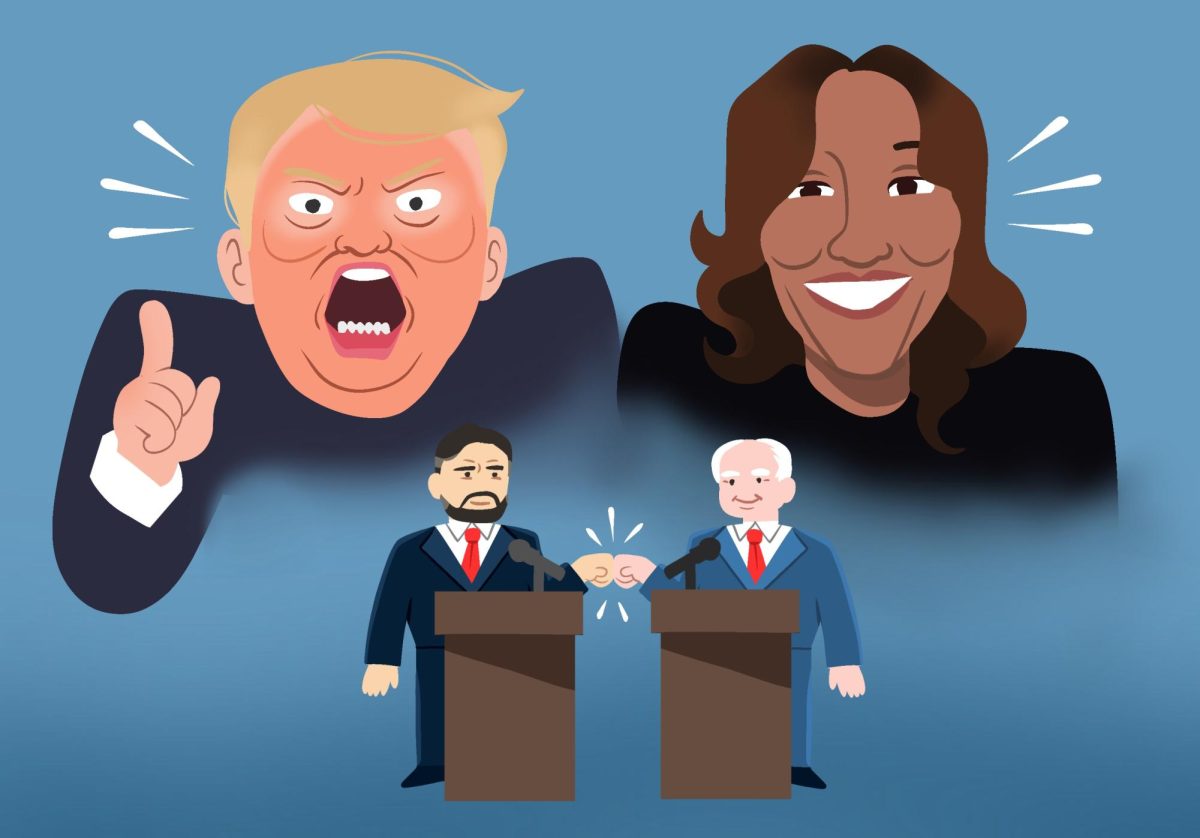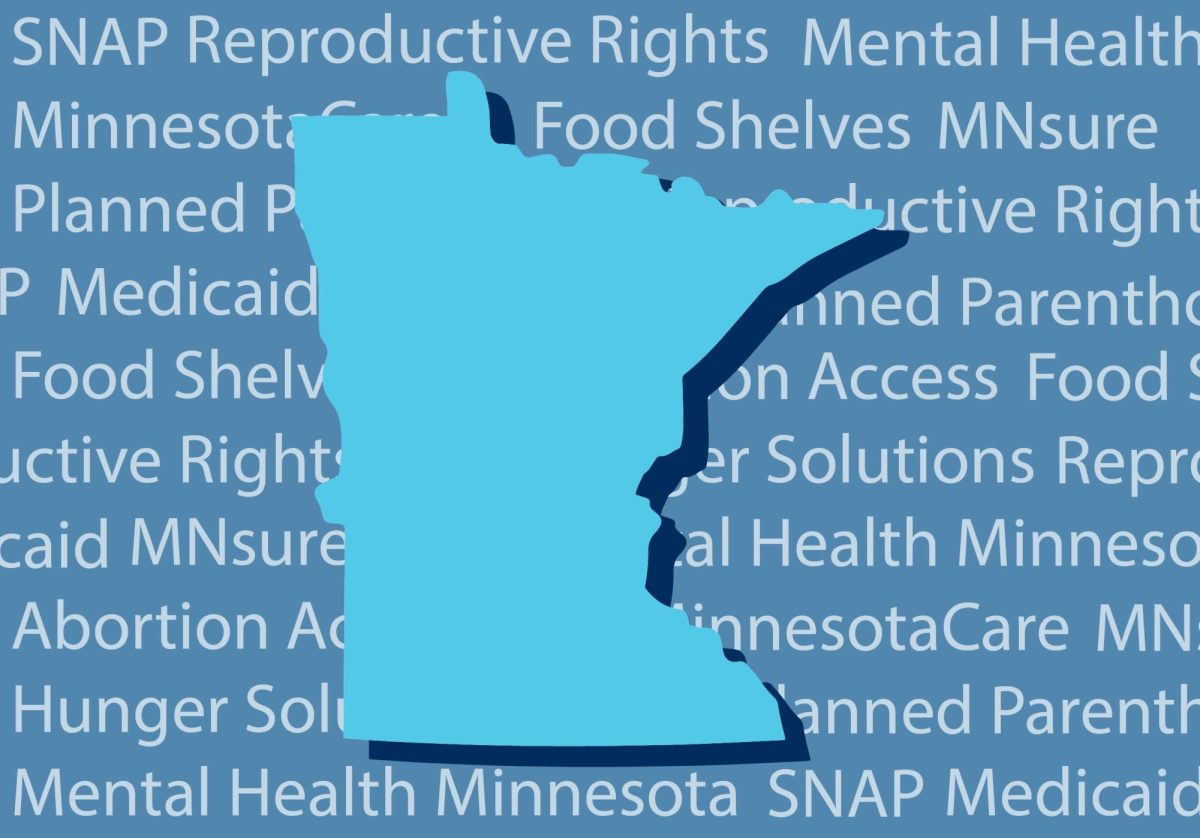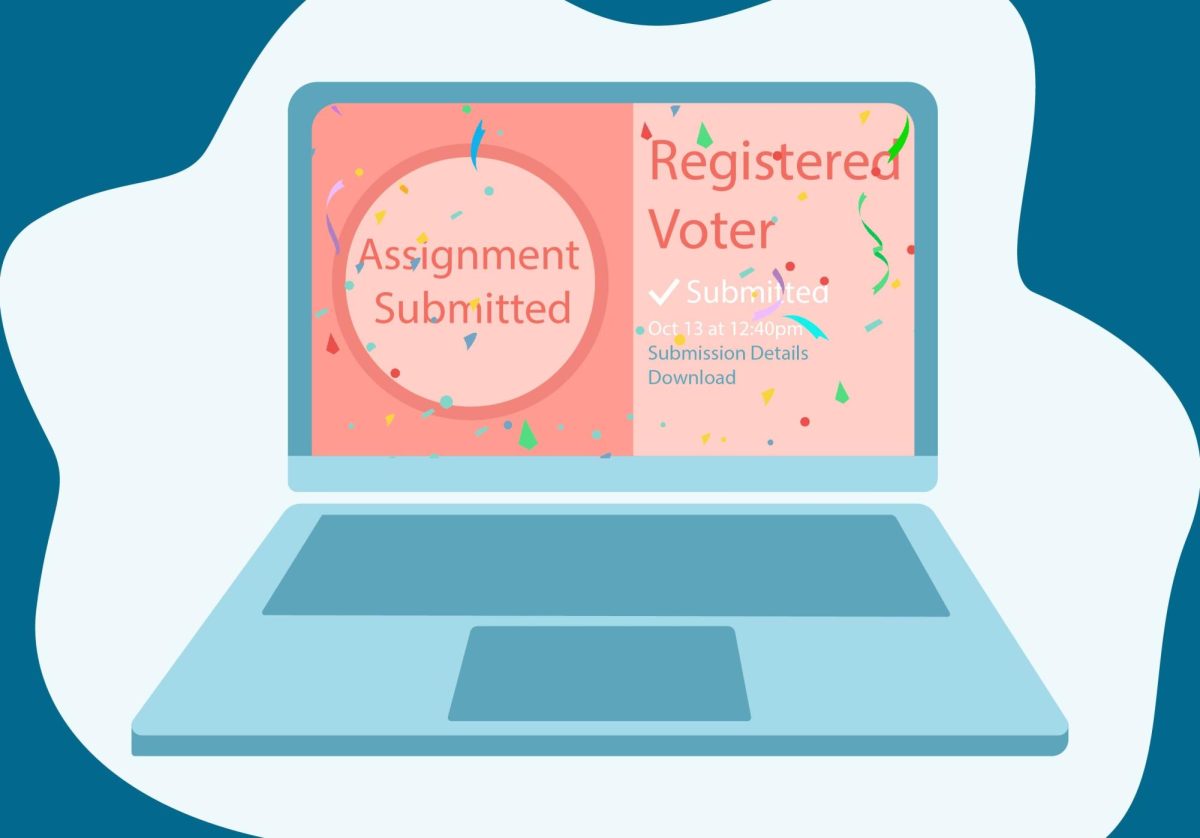The machinations of college admissions are more ambiguous than ever before.
The Supreme Court rang the death knell for affirmative action in June. The decision — brought by two very wordy cases, Students for Fair Admissions Inc. (SFFA) v. University of North Carolina and SFFA v. President & Fellows of Harvard College — spelled doom for racial consideration in college admissions.
“There was a lot of unhappiness nationally about the decision,” said University of Minnesota Vice Provost and Dean of Undergraduate Education Robert McMaster. “The University’s stance is we will abide by that decision.”
To SFFA, their victory levels the playing field for purportedly disadvantaged white and Asian applicants. To dissenting Justice Sonia Sotomayor, the decision “rolls back decades of precedent and momentous progress.”
Regardless of the debate, the policy’s demise creates an opportunity for a new program specifically to assist disadvantaged students — a new program that, reflecting SFFA’s namesake, should consider class above all else.
“Again, we will abide completely by the Supreme Court decision, but we also will continue our focus on diversity and inclusion in the undergraduate student body,” McMaster said, referencing a broad range of students of different racial and ethnic backgrounds as well as students of differing incomes and geographies. “Moving forward, we will do everything we can to make sure we enroll a diverse class at the University.”
Affirmative action was quite a maligned policy. The majority of Americans, many of whom believed it made admissions unfair to white and Asian students, disapproved of it. The policy came at a flashpoint in U.S. history, shortly after the end of the Civil Rights movement and the assassination of Rev. Dr. Martin Luther King, Jr. In 1969, Harvard became the first school to implement affirmative action.
Affirmative action was intended to increase diversity in higher education to better reflect America’s population, addressing historical and systemic disadvantages that kept college degrees out of the hands of certain racial and ethnic groups. Initially, it did well to that end. Black enrollment at Harvard increased sharply, and other universities soon followed suit with similar policies and garnered similar results.
However, by the time of the ruling that killed it, affirmative action had not quite achieved its goal — Black students largely remain underrepresented in universities — but it certainly made strides. Now that it’s gone, racial barriers to admission are technically nonexistent.
Today, access to financial resources is paramount in the admissions process. It is what unites people — especially academics — more than anything. In this day and age, whether Daddy has money is a much larger factor in admissions than race.
To combat wealth inequality in admissions, some schools simply do not look at applicants’ finances and make admission decisions based on merit alone, a policy called need-blindness. Need-blind schools are purported to help low-income students by refusing to consider their ability to pay tuition. However, this policy is redundant considering hardly anybody can pay tuition without scholarships, loans or generational wealth.
“We’re need-blind at the University,” McMaster said. “We do not see a student’s financial picture until after they’re admitted. The way we measure low income at the University is through Pell eligibility.”
Roughly 18% of students at the University are Pell Grant recipients. While initiatives like the Pell Grant aim to assist financially disadvantaged students, their impact falls short of bridging the gaps low-income students face.
The University ought to open its eyes to the economic disparities in this country. Economically advantaged students have a slew of resources at their disposal to prepare them for higher education and open academia’s heaviest doors, allowing them to breach the world’s top universities after years of expensive preparatory schooling.
They even allow wealthier students to clinch more financial aid than other groups. Meanwhile, low-income students are left in the dust with underfunded, understaffed institutions that yield few prospects.
While the University’s commitment to academic excellence is commendable, it’s crucial to acknowledge that students with fewer resources may have less impressive academic records.
Relying heavily on grades and test scores overlooks critical factors that significantly impact a student’s academic performance — factors like race, of course, but class especially. Need blindness is a willing ignorance of realities that can hinder students’ potential.
Not all universities choose need blindness and this can indeed lead to lower-income applicants being systematically rejected. Considering this treatment continues at need-blind schools, it is clear that a new strategy is necessary.
With a shrinking middle class since the 1970s, opportunities for economic growth are scarcer than ever before. The soundest method of increasing income — getting a degree — is behind a towering paywall. The reality is that as wages stagnate and tuition increases by the year, higher education will rise higher out of reach for low-income individuals.
Wages are not going to rise to match tuition costs anytime soon. If higher education can never be free, as our establishment seems to have decided, then a robust and accessible program aimed at giving low-income individuals a leg up into those institutions is a necessity.
If universities must now be colorblind, they should not be need-blind as well. It may take some pioneering efforts from universities, but after some time and probably some confusing litigation, the barriers to higher education can be broken down — or lowered, at least.












